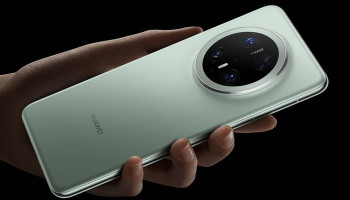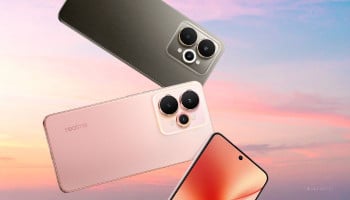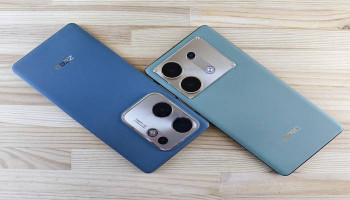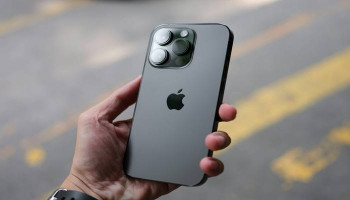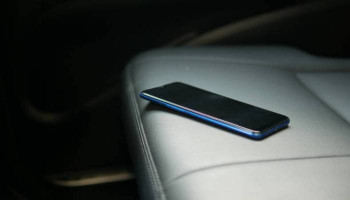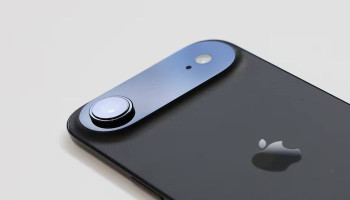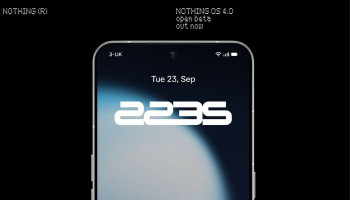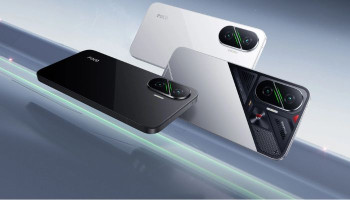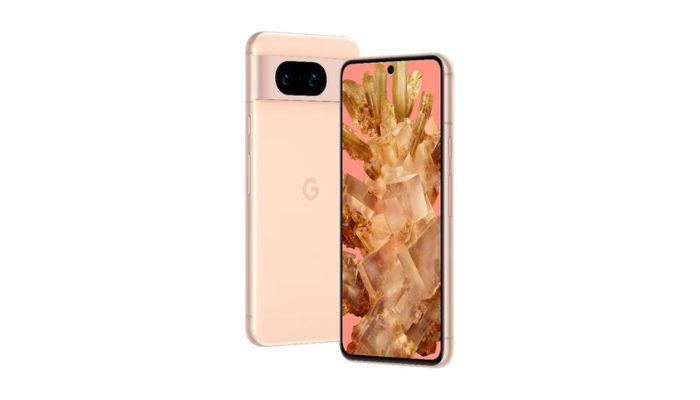
The Google Pixel 8 Pro, successor to the Pixel 7 Pro, competes fiercely with other top-tier smartphones just as the Samsung Galaxy S23, iPhone 14 Pro, and OnePlus 10 Pro. Let's dive into the features and specifications of Google Pixel 8 Pro — which was launched in October 2023.
Google Pixel 8 Pro features
Design and display
The Google Pixel 8 Pro inherits the smooth layout of its predecessor, however, with a few subtle refinements. Crafted with a pitcher back and front, complemented by means of an aluminium body, this device will boast IP68 dirt and water resistance. Dimensions are predicted to degree 162.6 x 76.5 x 8.7mm, with a thickness of around 12mm, thinking of the camera bump.
The display is a standout characteristic, offering a 6.7-inch LTPO AMOLED display screen with an impressive resolution of 1440 x 3120 pixels, turning in a pixel density of 490ppi. Supporting a variable refresh charge of as much as 120Hz, HDR10, and Corning Gorilla Glass Victus 2 safety, the Google Pixel 8 Pro's display will even comprise a centred punch-hole cutout for the selfie camera and a below-show fingerprint scanner.
Performance and memory
Under the hood, the Google Pixel 8 Pro can be powered by means of the Google Tensor G3 chipset, built on a 4nm technique. This chipset will boast 9 CPU cores, consisting of 1 Cortex-X3 at three.0GHz, 4 Cortex-A715 at 2.45GHz, and 4 Cortex-A510 at 2.15GHz. Additionally, it will function as an Immortalis-G715s MC10 GPU. The chipset's dedicated Tensor Processing Unit (TPU) will facilitate AI and machine studying tasks, making it proficient in photograph processing, speech reputation, and more.
The Google Pixel 8 Pro provides 3 memory configurations: 128GB/12GB RAM, 256GB/12GB RAM, and 512GB/12GB RAM, with UFS 4.0 storage era for fast facts transfers.
Camera and battery
Photography lovers appreciate the Pixel 8 Pro's triple rear digital camera device, which includes a 50MP most important digital camera ready with a Samsung ISOCELL GN2 sensor, large and with larger native pixels in comparison to its predecessor. The camera device includes multi-directional segment detection autofocus (PDAF), laser autofocus (LAF), optical photo stabilization (OIS), twin-LED flash, Pixel Shift generation, Auto-HDR, panorama mode, and guide for 4K video recording at 60fps.
Additionally, there is a 48MP telephoto digicam with multi-directional PDAF, OIS, and 5x optical zoom, in addition to a 64MP ultrawide digital camera with autofocus.
For selfie fans, the Google Pixel 8 Pro boasts a ten.8MP ultrawide front camera with capabilities like Auto-HDR, landscape mode, and assist for 4K video recording at 60fps.
Powering some of these features could is a sturdy 5050mAh battery, offering 27W wired charging, 23W wireless charging, and opposite wireless charging, in conjunction with support for Power Delivery 3.0 and Battery Share.
Software and features
Running on Android 14, the Google Pixel 8 Pro features present-day upgrades, consisting of the Material design language, Privacy Dashboard etc. Exclusive Pixel functions such as Google Assistant integration, Call Screen, Adaptive Sound, and Digital Wellbeing might be a part of the package.
Price
The pricing begins at $999 for the base version, with higher-tier configurations priced at around $1099 and $1199.
Final thoughts
The Google Pixel 8 Pro is a formidable flagship smartphone, presenting a mix of superior generation, a sleek layout, and a versatile digital camera system. While it faces stiff competition from different top-rated smartphones, its particular features such as the Google Tensor G3 chipset and extraordinary Pixel software program improvements make it a compelling desire for tech enthusiasts.
| Mobile | Google Pixel 8 Pro |
| Network | GSM / CDMA / HSPA / EVDO / LTE / 5G |
| Launch | October 2023 |
| Body | - |
| Dimensions | - |
| Weight | - |
| Build | Glass front (Gorilla Glass Victus 2), glass back (Gorilla Glass Victus), aluminium frame |
| SIM | Nano-SIM and eSIM |
| IP68 dust/water resistant (up to 1.5m for 30 min) | |
| Display | Type: LTPO AMOLED, 120Hz, HDR10+ |
| Size: | 6.7 inches, 110.2 cm2 |
| Resolution: | 1440 x 3120 pixels, 19.5:9 ratio (~513 ppi density) |
| Protection: | Corning Gorilla Glass Victus 2 |
| Always-on display | |
| Platform | OS: Android 14 |
| Chipset: Google Tensor G3 (4 nm) | |
| CPU: Nine-core (1x3.0 GHz Cortex-X3 & 4x2.45 GHz Cortex-A715 & 4x2.15 GHz Cortex-A510) | |
| GPU: Immortalis-G715s MC10 | |
| Memory | Card slot: No |
| Internal: 128GB 12GB RAM, 256GB 12GB RAM, 512GB 12GB RAM | |
| UFS 4.0 | |
| Main Camera | Triple Camera Setup: |
| - 50 MP, f/1.9, 25mm (wide) | |
| - 48 MP, f/3.5, 120mm (telephoto) | |
| - 64 MP (ultrawide) | |
| Features: Dual-LED flash, Pixel Shift, Auto-HDR, panorama | |
| Video: 4K@30/60fps, 1080p@30/60/120/240fps; gyro-EIS, OIS, 10-bit HDR | |
| Selfie Camera | Single: 10.8 MP, f/2.2, 21mm (ultrawide) |
| Features: Auto-HDR, panorama | |
| Video: 4K@30/60fps, 1080p@30/60fps | |
| Sound | Loudspeaker: Yes, with stereo speakers |
| 3.5mm jack: No | |
| Connectivity | WLAN: Wi-Fi 802.11 a/b/g/n/ac/6e/7, tri-band, Wi-Fi Direct |
| Bluetooth: 5.3, A2DP, LE, aptX HD | |
| Positioning: GPS (L1+L5), GLONASS (G1), BDS (B1I+B1c+B2a), GALILEO (E1+E5a), QZSS (L1+L5) | |
| NFC: Yes | |
| Radio: No | |
| USB: USB Type-C 3.2 | |
| Features | Sensors: Fingerprint (under display, optical), accelerometer, gyro, proximity, compass, barometer, thermometer (skin temperature) |
| Ultra Wideband (UWB) support | |
| Battery | Type: Li-Ion 4950 mAh, non-removable |
| Charging: 27W wired, PD3.0 | |
| 23W wireless | |
| Reverse wireless | |
| Miscellaneous | Colours: Obsidian; other |







